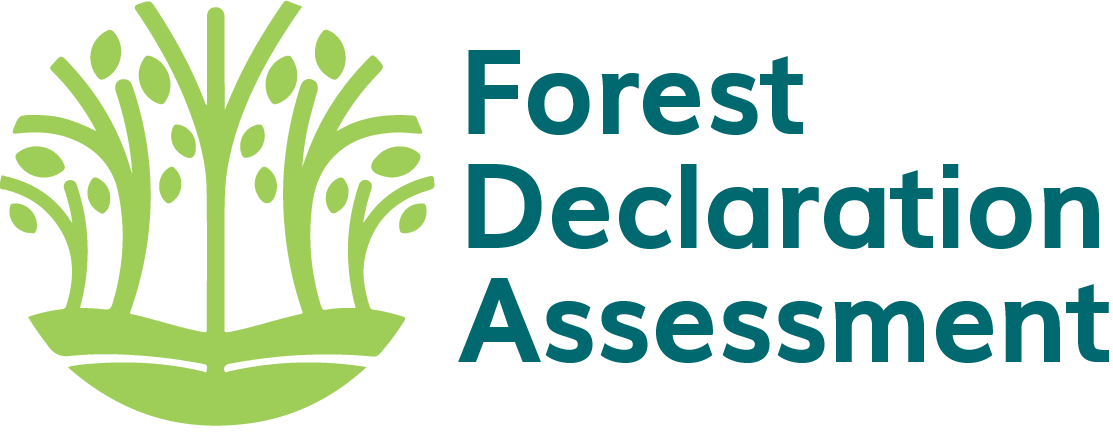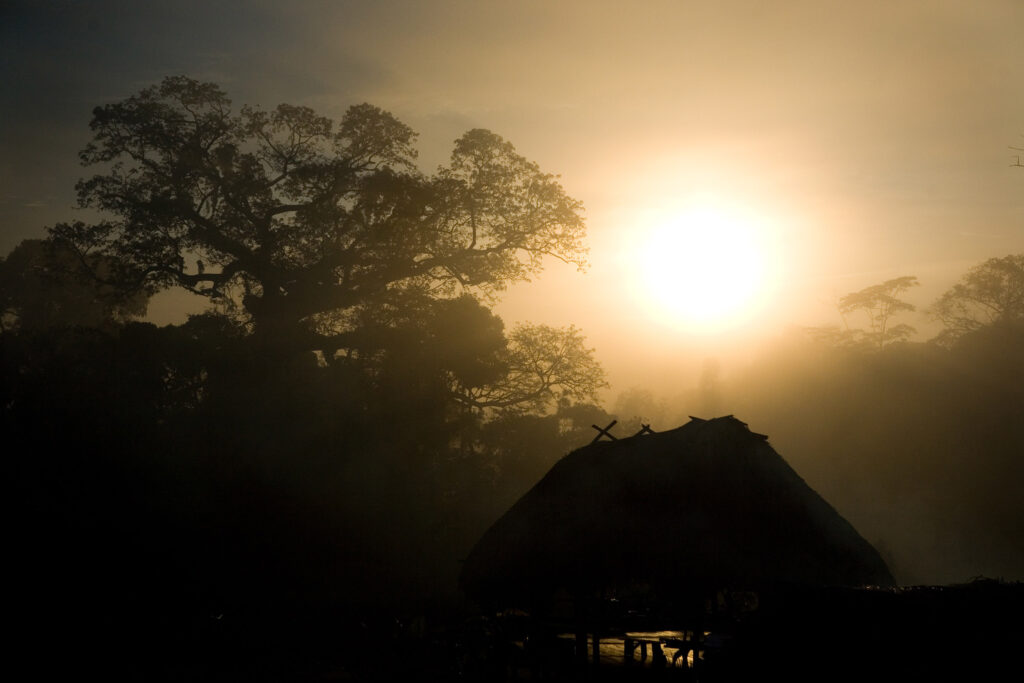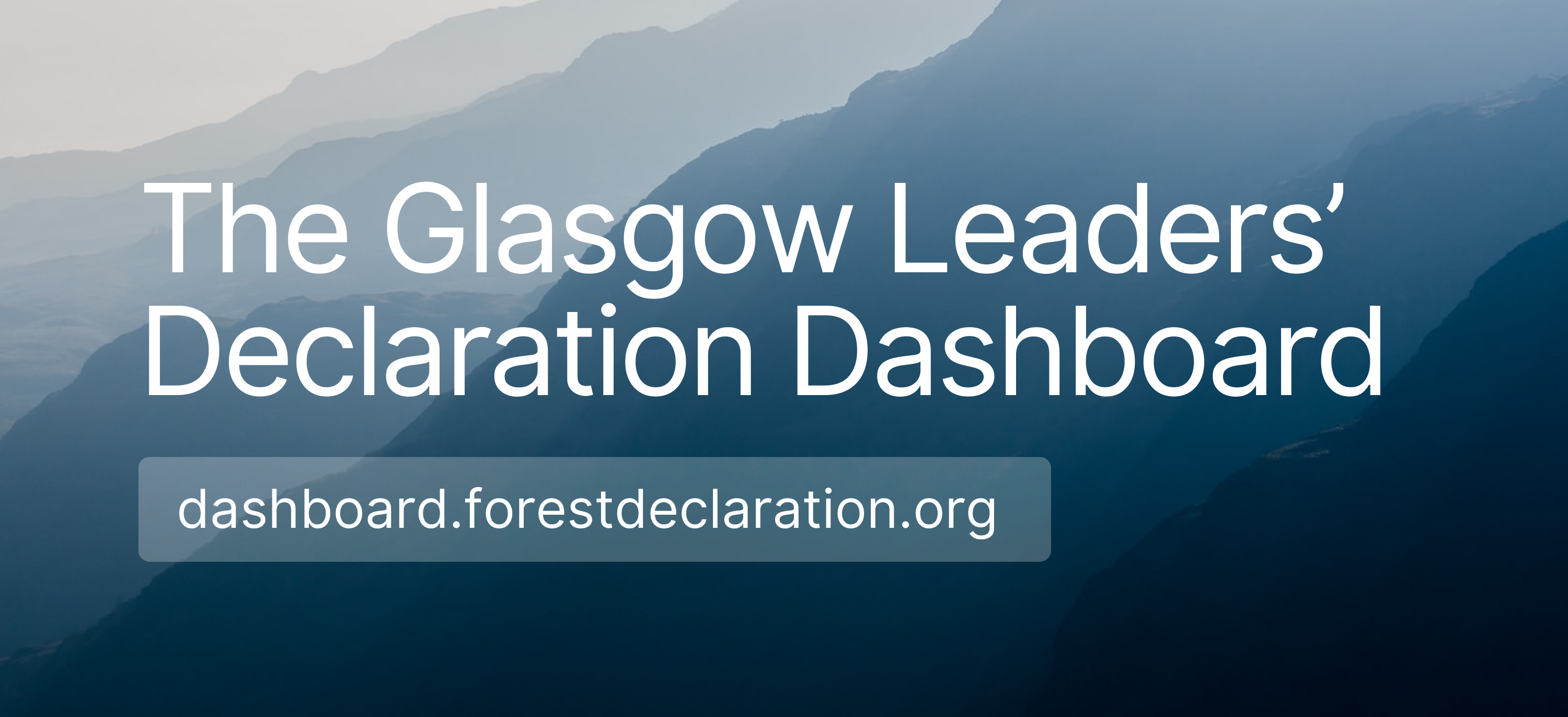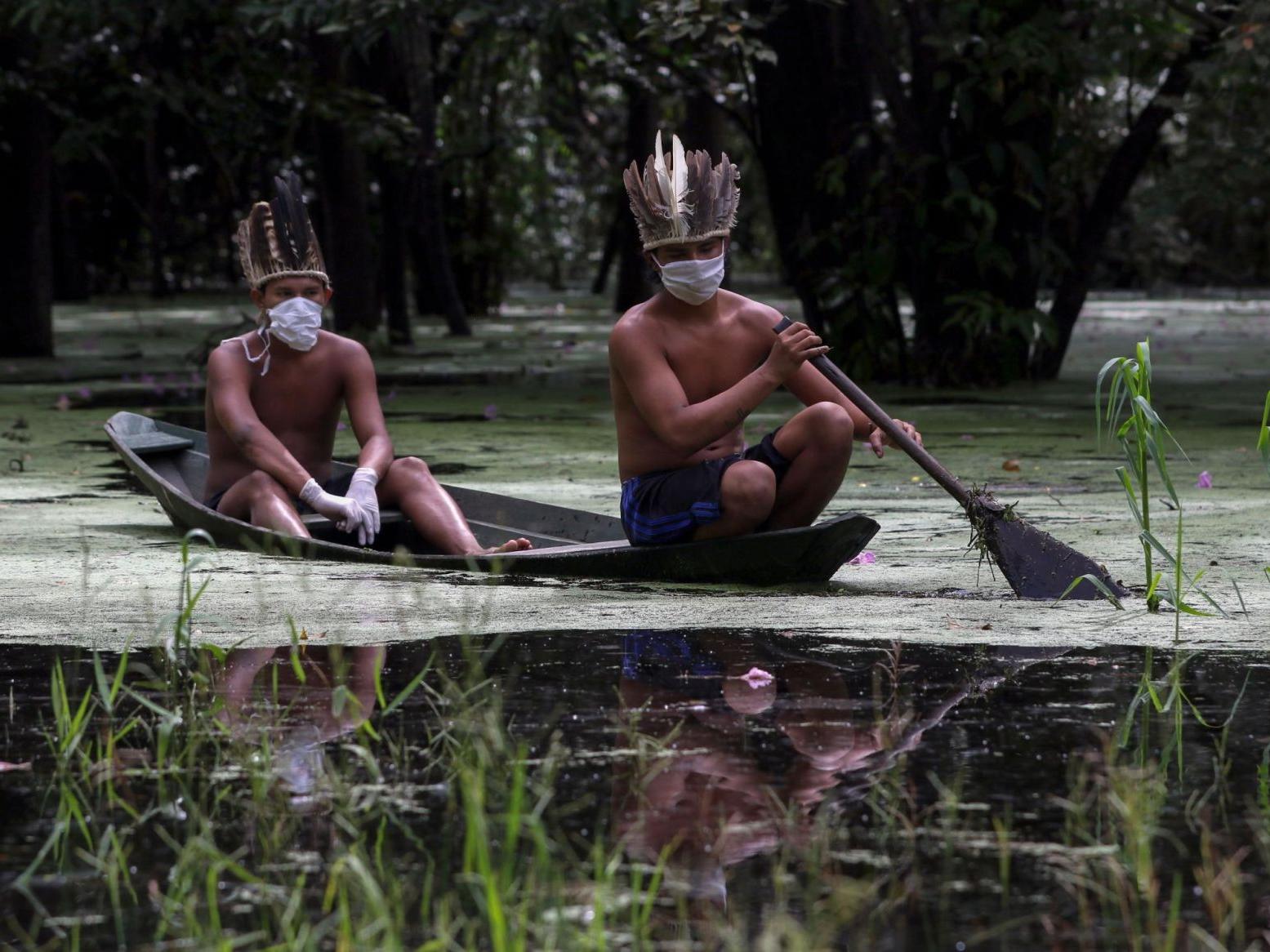By Kimberly Gill, Clea Paz-Rivera, Nina Kantcheva, and Madeline Craig
The onset and swift spread of COVID-19 is causing grave consequences for Indigenous Peoples and local communities around the world. This zoonotic disease is the result of increased contact between humans and wildlife when it’s moved outside its natural habitats. Humanity’s broken relationship with nature is evident in the continuation of wildlife trafficking, deforestation, and industrial agriculture– and the expansion of these practices will only lead to further public health crises.
Deforestation poses a serious risk to climate, biodiversity, and human health as forests provide key services such as global food security, climate change mitigation and adaptation, natural disaster protection, and water security, among others. As forests continue to be destroyed and as regulations weaken with the onset of this pandemic, the Indigenous Peoples who largely preserve and manage them face increased challenges and inequalities, further curbing progress towards global public health, well-being, and security.
For Indigenous Peoples and local communities, the impacts of COVID-19 are exceptionally diverse and multidimensional. Generations of economic and political marginalization including discrimination, forced displacement and environmental violence have contributed to communities’ distinct vulnerabilities.
Climate change related forest fires and flooding are among the key factors impeding the resilience of their close relationship to ancestral territories. Encroachment on indigenous peoples’ and local communities’ lands, degradation of their forests, and weak enforcement of their human rights have also contributed to the erosion of their cultures, values, and lifestyles.
Survival International reports that governments are now using the spread of COVID-19 to open additional pathways into the forests for logging and mining purposes. According to FAO, it is expected that the COVID-19 crisis will increase the forest sector’s demands on resources, whereby legal activities may be sacrificed for quick economic gains. They also warn that reduced monitoring activities of forest resources on the ground might increase tenure conflicts and land grabbing which could further exacerbate impacts on Indigenous Peoples and local communities and forests.
In addition to these sustained pressures, Indigenous Peoples and local communities must now protect themselves from the disease’s expansion, secure access to already scarce food and healthcare, and, when available, seek out government aid. Alarmingly, more than 500 cases from 38 Indigenous groups and 103 deaths due to COVID-19 were reported in Brazil alone, including isolated groups in the Amazon.
In response to the COVID-19 crisis, the United Nations Development Programme and other UN agencies are mobilizing to help stakeholders prepare, respond, and recover while country offices are responding to the emergency through existing and new programs. NGOs, advocacy groups, and Indigenous Peoples’ coalitions have implemented emergency response and are setting up funds to help distribute resources. Indigenous Peoples and local communities are also mobilizing themselves to share resources and information and have convened virtual gatherings and events to communicate and emphasize the importance of this issue.
Through outreach conducted by UNDP’s Global Programme on Nature for Development and the New York Declaration on Forests, Indigenous Peoples and local communities around the world shared their concerns. These concerns mainly focused on health and wellbeing, including a lack of adequate healthcare, hygiene supplies, and culturally relevant and language-appropriate health guidelines on COVID-19.
“We indigenous peoples have always struggled to survive, so this is not something new for us. It’s a very hard time for us, with great numbers of COVID-19 but still the indigenous peoples in Brazil are kept invisible.”
Sônia Guajajara, State of Maranhão in the Brazilian Amazon and Executive Coordinator of Articulation for Indigenous Peoples
Many ancestral territories are located in remote areas, and some have indicated that their communities have closed themselves off entirely in order to protect elders, their most vulnerable members. In these cases, it is even more challenging to obtain vital services and resources. Fear, combined with a lack of information, has kept some individuals from seeking the medical care they need outside of the community and some share that relief assistance is not sufficient.
The spread of COVID-19 has also significantly impacted Indigenous Peoples’ local economies. The closure of borders and sometimes entire industries such as tourism and domestic services, has significantly reduced their access to income. Restrictions on mobility and public market closures have also impeded agricultural activities and cut off workers and families alike from staple resources such as water, firewood, food, and medicine.
As is so often the case, Indigenous women are at a unique intersection of these risks. Often responsible for the transfer of ancestral knowledge and the preservation of traditional food systems and medicine, they are integral to the continuation of Indigenous culture. Yet, according to a UNDP and FAO’s webinar on COVID-19 challenges for rural territories through a gender lens, Indigenous women experience greater domestic violence, food, and nutritional insecurities. They also face significantly weaker physical, economic, and political autonomy. Support to local communities must include gender mainstreaming and support the effective inclusion of women and girls.
To heal the human-nature divide and ensure that no one is left behind, global threats such as pandemics and deforestation require a collaborative and inclusive response. Special consideration for those who are most vulnerable must be given and recovery related decision-making must include indigenous peoples and local communities’ full and effective participation. Priority must be placed on strengthening communities’ resilience so they can preserve their own health, rights, and livelihoods while protecting forests. For guidance on providing intersectional support to indigenous peoples during this crisis FAO and UNDESA, among others, have shared suggested actions and solutions.
Indigenous Peoples and local communities live in and manage the healthiest ecosystems on Earth. They steward more than one quarter of all land, at least 36% of the world’s remaining intact forests, and about 80% of global biodiversity. The NYDF Assessment Report on governance (NYDF Goal 10) illustrates that when Indigenous Peoples and local communities hold secure rights to their land and forests, forests are less likely to be destroyed or degraded. The New York Declaration on Forests targets to halt deforestation by 2030 and restore degraded forest lands, endorsed by over 200 governments, companies, and civil society institutions, cannot be achieved without the full recognition of Indigenous Peoples and local communities’ rights.
If the global community is to achieve the NYDF goals, including Goal 10 to strengthen forest governance, empower communities, and recognize the rights of Indigenous Peoples, coordinated and inclusive international action is essential to support them through this crisis and beyond. With Indigenous Peoples as essential guardians of the forest, continued action to recognize their rights and protect them from the impacts of the virus, will accelerate the achievement of the NYDF goals.
About the authors
Kimberly Gill - Programme Assistant, Indigenous Peoples and Local Communities Engagement, UNDP
Clea Paz-Rivera - Senior Programme Manager, Climate and Forests Programme & Nature for Development Programme, UNDP
Nina Kantcheva - Senior Policy Adviser, Indigenous Peoples and Local Communities Engagement, UNDP
Madeline Craig - Programme Analyst, New York Declaration on Forests, Nature for Development Programme, UNDP





